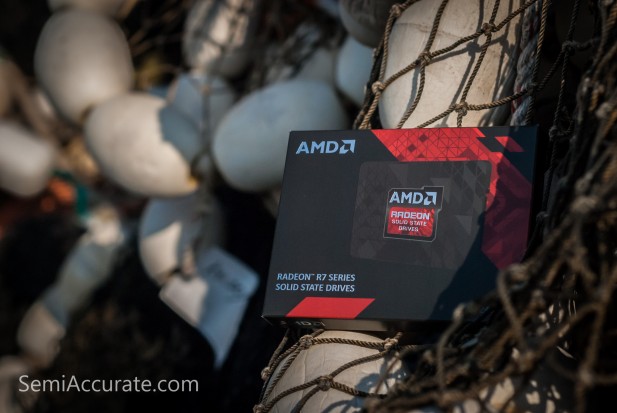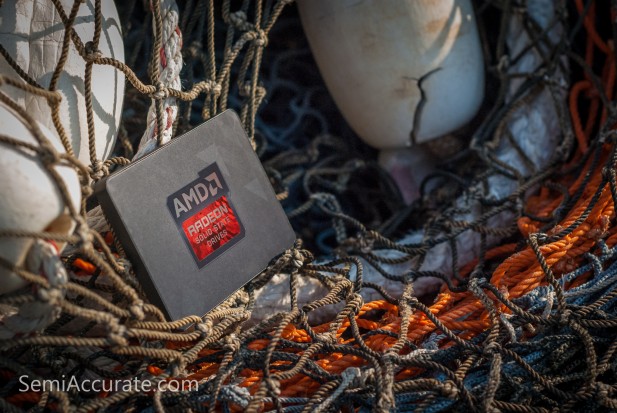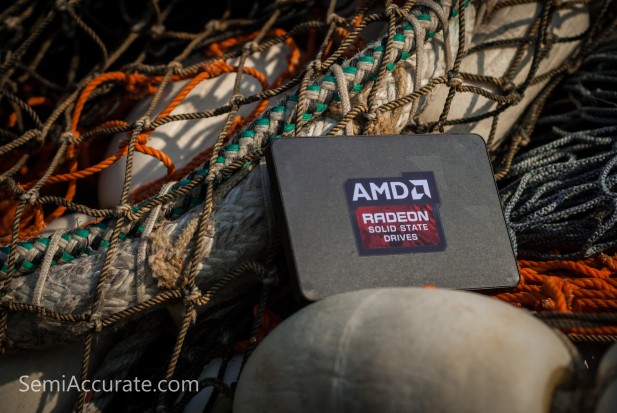
Last Tuesday AMD launched their first SSD offering, the Radeon R7 series of solid state drives. Due to a shipping snafu we didn’t receive the drive until a few days after the launch occurred. As many other reviewers noted AMD’s new SSDs are a solid midrange offering thanks to their OCZ under pinnings. Some people may have misgivings about using an OCZ SSD thanks to a spotty history of drive killing firmware updates and seemingly random SSD failures. But since OCZ went bankrupt near the end of last year and Toshiba swooped in to pick up the pieces it’s been a waiting game to see where OCZ is headed.
Since AMD launched its Radeon RAM and optional boxed water cooler SKUs there have been rumors that the company was planning on making an entry into the SSD market. But unlike real SSD manufactures like Samsung, OCZ, Intel, and Micron; AMD will not be designing its own SSD controller. Instead they are merely selling rebranded OCZ drives.
In a nutshell these AMD Radeon SSDs are a new iteration of OCZ’s current Vertex drives but with more reliable NAND from Toshiba. They use the well-known Barefoot 3 controller and are rated for 30 GB/day of use over the warranty period of 4 years. AMD and OCZ are positioning their Radeon SSDs as a middle ground between the low-end Vertex line and the higher end Vector line. A middle ground that is aimed squarely at gamers.
For end users and true Radeon lovers this is a positive event because it allows AMD to promote the Radeon brand and to bundle its products together. Image getting a coupon for $10 off your next Radeon SSD when you pick up a new R9 290X. That’s the future that AMD and its partners are envisioning. The technology behind Radeon SSDs isn’t anything new or interesting but the corporate synergies (Yeah, I used the phrase.) are intriguing.S|A
Thomas Ryan
Latest posts by Thomas Ryan (see all)
- Intel’s Core i7-8700K: A Review - Oct 5, 2017
- Raijintek’s Thetis Window: A Case Review - Sep 28, 2017
- Intel’s Core i9-7980XE: A Review - Sep 25, 2017
- AMD’s Ryzen Pro and Ryzen Threadripper 1900X Come to Market - Aug 31, 2017
- Intel’s Core i9-7900X: A Review - Aug 24, 2017

